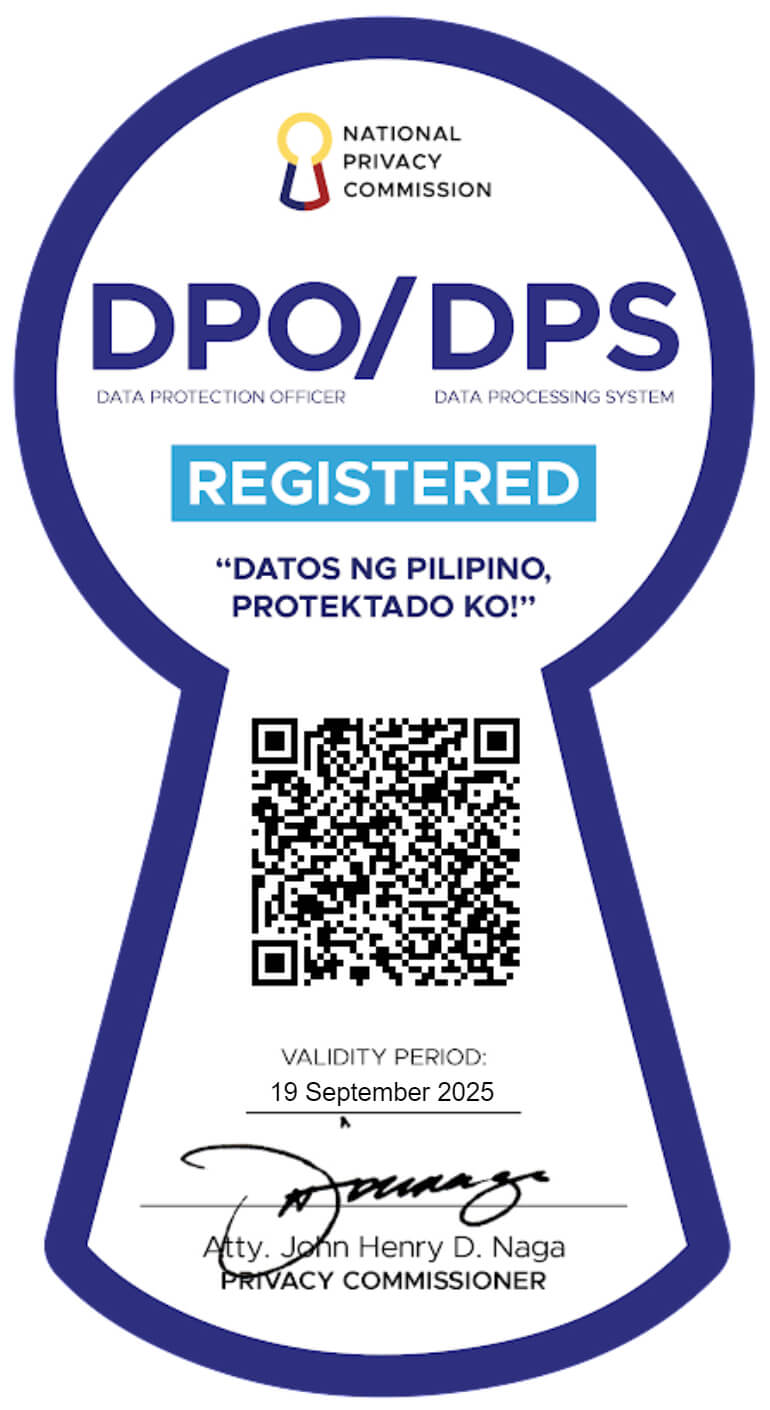-
About Us
Probe CX is a tech-powered, global customer experience organization that amplifies human capabilities with technological excellence.
-
Awards and Accreditations
As an industry-leading CX and digital transformation provider, Probe CX has a resume to match any of our competition.
-
Compliance
Industry-recognized certifications to protect what matters most to our clients and their customers.
-
Locations
Over 19,000 team members delivering exceptional customer experiences across four countries.
-
Vision and Culture
We help our clients become modern digital organizations by combining the latest technology with people, process and data.
-
Executive Team
Meet the team with unmatched experience committed to helping organizations create environments for digitally-enabled CX to thrive.
A leading energy and gas industry retailer required support with credit collection activities and help to optimize their KMS.
- Blog
- Customer experience (CX) tech: a banking and finance gamechanger
Customer experience (CX) tech: a banking and finance gamechanger

53% of the world’s population2 is expected to use digital banking services by 2026. These statistics are painting a pretty clear picture for the banking and financial services industry: customers are more willing to choose technology over traditional banking options.
In this blog, we discuss the importance of customer experience (CX) and what digital tools are changing the status quo in the banking and finance industry.
What is customer experience in banking?
Customer experience in banking refers to the interactions and perceptions that customers have while engaging with a bank's products and services. This includes everything from the ease of opening an account or applying for a loan to the quality of customer service provided. A positive customer experience can build trust and loyalty, while a negative experience can lead to customer churn and damage a bank's reputation.
With the rise of digital banking, the customer experience has become even more critical as customers increasingly expect seamless and convenient digital experiences. Banks that prioritise customer experience can differentiate themselves from competitors and ultimately drive growth and profitability.
The banking and finance industry has faced massive challenges in recent years like the pandemic and increases in inflation, fuel prices and interest rates. Despite these adversities, banks have deployed technology and displayed impressive agility to continue to serve customers, maintain productivity and reassure regulators. Deloitte3 has credited the banking sector with playing “a crucial part in stabilising the economy and transmitting government stimulus and relief programs” in many Western nations.
For all the positives though, the banking and finance industry will continue to face challenges as these aforementioned drivers continue to take a toll on brick-and-mortar stores and accelerate the need for digitisation across almost all areas. Given such an outlook, it is no surprise banks and finance companies are committed to finding ways to reduce overheads, enhance efficiencies and improve their services to strengthen the customer experience of their consumers worldwide.
Why is customer experience becoming a key differentiating factor in the banking and financial services industry? Let’s take a look at the facts:
- 51% of customers state they will never do business with a company again4 if they have had just one negative experience
- 93% of consumers say they are more likely to be repeat customers of companies with remarkable service
- 77% of consumers shared positive experiences with their friends or on social media and review sites.
The ability to deliver an enhanced customer experience is a key priority in the modern financial landscape. Studies have found 69% of customers5 plan to leave their bank due to poor service rather than poor products. Consumers essentially have the power to make or break an organisation’s reputation based on their customer experience; that’s why investing in CX strategies is worth it in the long term.
When considering the financial impact of good CX on a business, a totally satisfied customer contributes 2.6 times as much revenue6 as a somewhat satisfied customer and 14 times as much revenue as a somewhat dissatisfied customer.
How is CX tech changing the status quo in the banking and finance sectors?
The fundamental priority for businesses is to incorporate a frictionless journey for customers. A focus on creative solutions and technology-led interventions can contribute to easing customers’ efforts in reaching the resolutions they are seeking. The enduring goal is to achieve the customer’s objective and facilitate first-time issue resolution for the end user.
Digital channel solutions through the use of chatbots, business insights and creative self-serve options are ensuring enhanced customer service. An example includes AI-powered automation that fosters more efficient contact centre communications through a line of intelligent automated call-steering to give businesses an improved self-serve option. This technology can ask “How can we help you today?” and understand the intent of a response to direct to the agent best equipped to meet their needs. These systems can also present that intent on an agent’s screen so they can immediately take control of the call. It can even be augmented with voice biometrics to reduce the number of proof-of-identity questions, making it not only faster and less obtrusive for callers but introducing genuine call security.
The future of banking is digital. Machine learning, location-based services and big data are also allowing banks to offer more personalised services by identifying where customers are in their journey and presenting them with the most relevant products.
Automation is changing CX for the better. Fewer human errors and more streamlined processes are resulting in happier customers as they venture along their purchasing journey. Automation also has a powerful role to play in analysing the customer experience. While feedback data, such as an open-ended survey, can shine a spotlight on a business’s CX practices and pinpoint where to focus one’s energy, at a scale they can also be difficult for humans to analyse and lead to decisions based on hunches or random selections.
Automation takes the guesswork out of such activities, with CX solution suites able to tap into customer data and provide an overall view of how customers interact, what they want and what areas may need to be reinvented.
Many consumers already view mobile banking as the quickest and most flexible way of managing their financial needs but banks are doing all they can to make the experience even simpler. This includes investing heavily in artificial intelligence to create virtual assistants that can handle everything from text- and voice-enabled payments to credit score notifications and fraud alerts.
With customers frustrated by long hold times when calling a bank’s customer service line, AI-enabled chatbots are helping financial institution call centres address this major challenge. By pulling and processing information from key sources, chatbots can respond to incoming customer service inquiries. If a request exceeds their capabilities, it escalates them to a live service representative. By automating the simpler aspects of banking, banks are giving themselves every chance of success in the battle to woo and retain customers.
Reference
1 https://www.globenewswire.com/en/news-release/2022/07/12/2477921/28124/en/Financial-Services-Global-Market-Report-2022-2026-Featuring-Key-Players-Allianz-JPMorgan-Chase-China-Life-Insurance-Others.html
2 https://www.juniperresearch.com/press/over-half-global-population-digital-banking
3 https://www2.deloitte.com/us/en/insights/industry/financial-services/financial-services-industry-outlooks/banking-industry-outlook.html
4 https://cdn2.hubspot.net/hubfs/137828/Certification_Files/Inbound%20Certification%20(IC)/InboundCertification_Fundamentals_deck.pdf
5 https://lumoa.me/customer-experience-banking
6 https://www.infoquestcrm.co.uk/case-studies-2/
Related Articles
Strategy
Tips for humanizing CX while prioritizing automation
Discover how automation can change customer experience for the better.
Customer Experience CX
Top 6 future trends in contact centers
Discover how technology is changing contact centers for the better with these top trends.
Customer Experience CX
The definitive guide to digital transformation statistics
Discover the statistics that reinforce the importance of digital transformation.
© Copyright 2025 Probe CX | ProbeCX is a proudly owned subsidiary of Probe Group
Privacy Policy | Responsible AI Policy | Financial Hardship Policy | Whistleblower Policy | Complaints Procedure | Supplier Code of Conduct




